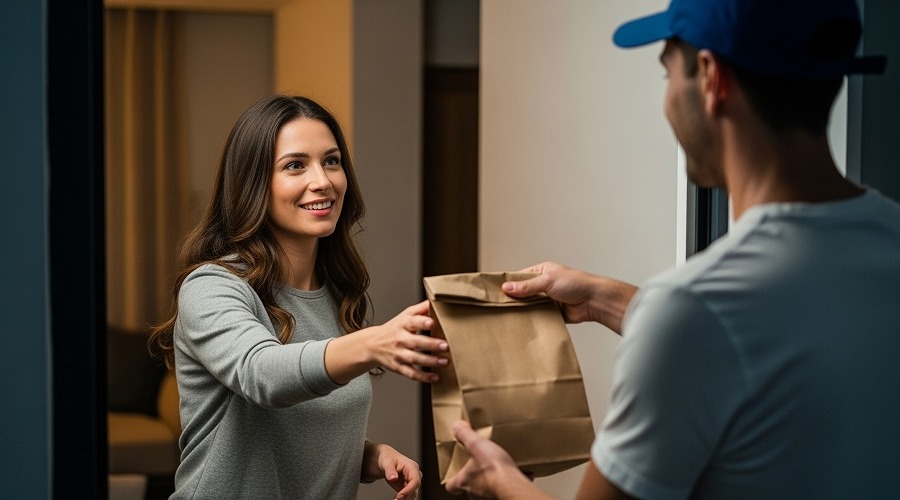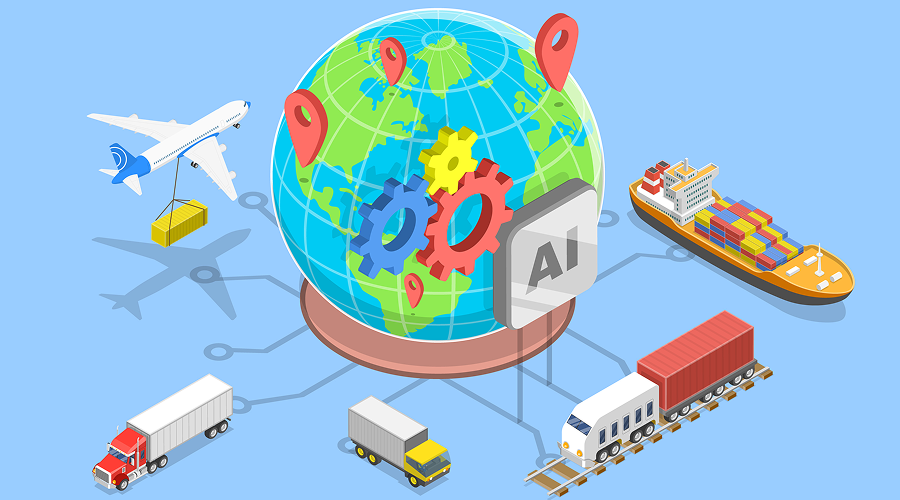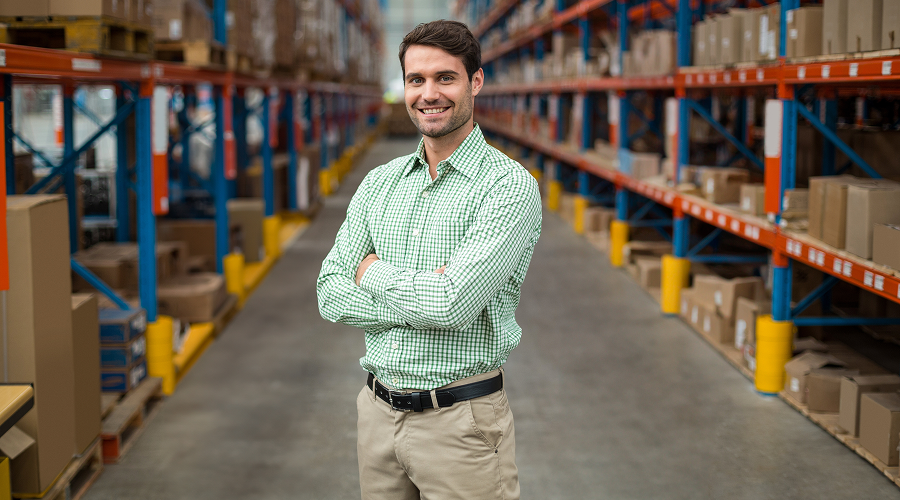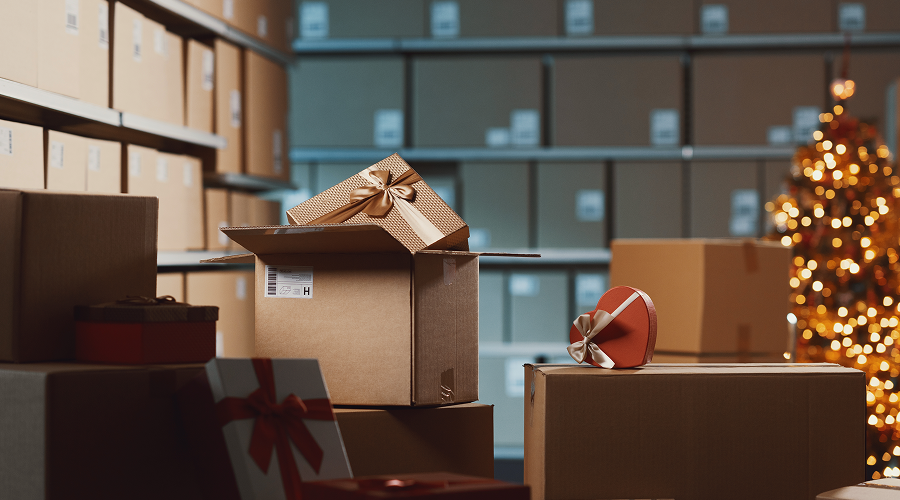It's not just about low prices! The new standard for last-mile experiences that customers choose It's not just about low prices! The new standard for last-mile experiences customers choose

1. Why “low cost” alone no longer retains customers
Shipping cost has long been a key factor in purchase decisions, but today’s consumers value more than just price. They expect fast delivery, accurate time windows, real-time tracking, and flexible receiving options. A negative experience in the last leg of delivery can erase positive impressions from earlier in the journey. The last-mile is where brands win—or lose—customer trust and loyalty. (retaildive.com)
2. What customers truly care about in the delivery experience
Beyond speed, customers increasingly demand predictability and choice. They want arrival estimates that stay stable, the option to choose delivery methods (home delivery, lockers, in-store pickup, time slots), and clear visibility into every stage. This flexibility not only improves satisfaction, but also helps reduce failed deliveries and complaints. (FarEye)
3. Sustainability as a differentiator
As urban congestion and emissions become pressing issues, many logistics players are turning to electric vehicles, cargo bikes, shared delivery points, and route consolidation. Consumer surveys show that over 70 % of shoppers value sustainable delivery options. (reports.weforum.org)
By offering greener delivery choices, brands can build emotional connection and loyalty—not just cost reductions.
4. Reducing failed deliveries: designing receiving flexibility
In many markets, failed deliveries (i.e. when the recipient is absent) drive up costs dramatically. By diversifying receiving options—letting customers choose where and when they’ll take delivery—you can mitigate this risk. However, introducing too many options too quickly can overwhelm operations. It’s best to start with key options and expand based on customer data and behavior. (wipro.com)
5. Pickup points and aggregation models that work in cities
Using parcel lockers, convenience store collection, shared lockers, or store pickup can shift deliveries away from door-to-door, reducing distance and failure rates. Studies show properly placed pickup networks reduce total delivery cost and CO₂ emissions. But success depends on clear customer guidance and smart location planning. (dispatchit.com)
6. Balancing tech and humanity: automation isn’t a silver bullet
Technology—AI route optimization, automated dispatch, real-time tracking—can drive huge efficiency gains. But human judgment, on-the-ground responsiveness, and customer empathy remain vital. The smartest path is to start by making operations visible and improving incrementally, rather than forcing full automation all at once. (dispatchit.com)
7. Implementation strategy: start small, grow with customer feedback
Rather than overhauling everything at once, pilot your new delivery models in limited regions, channels, or SKUs. Capture feedback, measure key metrics (failed delivery rate, repeat purchase, complaints, satisfaction), and iterate. Over time, you’ll build a delivery system anchored in customer experience, not just cost.
8. Conclusion: new standards are flexibility, trust, and responsibility
In the competitive logistics landscape, offering low cost is table stakes. To truly stand out, you must deliver flexibility, accuracy, and sustainability together. Start small, listen closely, and evolve continuously—that’s how you turn your last mile into a brand touchpoint.
AnyLogi is a logistics platform that provides comprehensive domestic and international logistics solutions. We seamlessly integrate with various e-commerce carts and marketplaces, including Shopify, to support your logistics from end to end. With fulfillment centers and logistics hubs in multiple regions, we offer forwarding, export/import, and local delivery network services. Instant quotes are available — contact us today for a personalized consultation.








